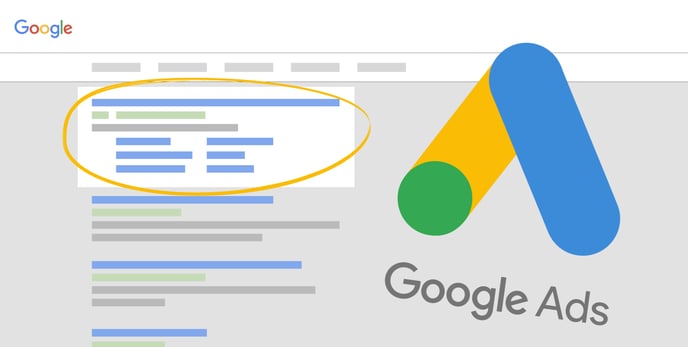How do Google Ads work?
Have you ever searched for something on Google and noticed that there are some websites that show up at the top of the search results? Those websites may be using Google Ads to help them show up at the top.
How it works
Here's how it works: businesses create ads and tell Google what kinds of people they want to see their ads. For example, a toy company might want to show their ads to people who are interested in toys. Then, when someone searches for something on Google, Google looks for ads that match what the person is searching for, and shows those ads at the top of the search results.
If someone clicks on one of those ads, the business pays Google a little bit of money. This is called "pay-per-click" (PPC) advertising. The more people who click on the ad, the more money Google makes, and the more likely the business is to get new customers.
It’s not always guaranteed your ads will be shown, however. Google Ads operates on an auction system, which means the highest bidder for a particular keyword or phrase will be the one whose ad is shown in the search results. This means businesses need to be strategic in their bidding, and may need to adjust their bids regularly depending on how competitive the market is.
Bid strategy learning
Now, when a company wants to advertise their product or service, they use a bid strategy. This bid strategy helps them decide how much money they are willing to spend to show their ad to people. But the bid strategy needs some time to understand what the company wants to achieve with their ad.
Making any changes to campaigns, ad groups, or adding and removing keywords can cause ads to go back into the "Learning" period as Google’s algorithms adjust to optimize bids. Additionally, modifying automated bid strategy requires recalibration time for campaigns to adjust to new objectives. During this process, a "Learning" status may be displayed indicating Google's algorithms are hard at work learning your ads in order to best serve them to the right people.
NOTE: Google's algorithms continue to learn beyond the "Learning" bidding status, even when that status is no longer displayed. This perpetual education ensures optimal performance.
It can take a few rounds of the bid strategy working to understand and achieve the company's goals. These rounds are called "conversion cycles." It usually takes 2-3 conversion cycles for the bid strategy to figure out what the company wants and work towards it. However, when the bid strategy has data from previous campaigns, it can learn faster and understand what the company wants more quickly.
Campaign types and advantages
In addition to search result ads, there are other types of ads that Google offers, such as display ads and video ads.
- Search ads appear when someone searches for products or services related to the business. These ads are effective because they target people who are already interested in what the business has to offer.
- Display ads appear on other websites and apps, usually as banners or images with text. These types of ads allow businesses to expand their reach beyond search engine results, which gives them access to a larger audience.
- Video ads appear either before, during or after a video on YouTube. These types of ads are useful for businesses because they allow them to engage with their target audience in an interactive and entertaining way.
We use search ads so we can get your business in front of the right people, at the right time. Google also offers a few more objective-based, goal-oriented ad campaigns, such as App campaigns and Shopping Ads. Each of these types of campaigns has specific goals, such as driving sales or boosting brand awareness. This allows businesses to tailor their campaigns and create more effective ad strategies for their business.
How it differs from paid social advertising
While Google Ads focus on targeting online searchers looking for products or services, paid social ads are targeted ads that appear on social media platforms such as Facebook, Twitter, Instagram, and LinkedIn. Both types of ads aim to help businesses reach their target audience by utilizing demographics, interests, behavior, and location. Like paid search ads, social media ads can be customized to specific campaigns or products, allowing businesses to tailor their ads to their desired audience.
Related: How Google search results differ from ads
Why can’t I see my ads?
It may be tempting to search for your own ads to see what they look like, but it's not recommended. This can increase the cost of the keyword or phrase since Google Ads operates on an auction system. Furthermore, if you consistently search for your own ads without taking action, such as clicking on the ad, Google may interpret this as disinterest and stop showing your ads to you, which can negatively impact your ad campaign's quality score.
To avoid this, it's best to let the system work organically with potential customers. Additionally, keep in mind that Google Ads may not necessarily be shown all the time, as they are served based on who is searching and their intent at any given moment. If you want to view your ads without affecting their performance, you can use the Anonymous Ad Preview tool.
Learn more: How We Use Google Ads to Get You Customers
Still, Google Ads offers a lot of advantages for businesses looking to get more visibility online. It’s relatively inexpensive compared to other forms of advertising, and it allows companies to target potential customers based on specific keywords. With the right strategy and a little bit of luck, Google Ads can be an effective tool for growing your business.

